Perturbation Test for a Regression Model
A perturbation test is a method used to evaluate a model’s robustness and stability. In machine learning, this test helps determine how sensitive the model’s predictions are to small changes (perturbations) in the input data. If a model is stable, small changes in the input should lead to minimal changes in the output. This method…
